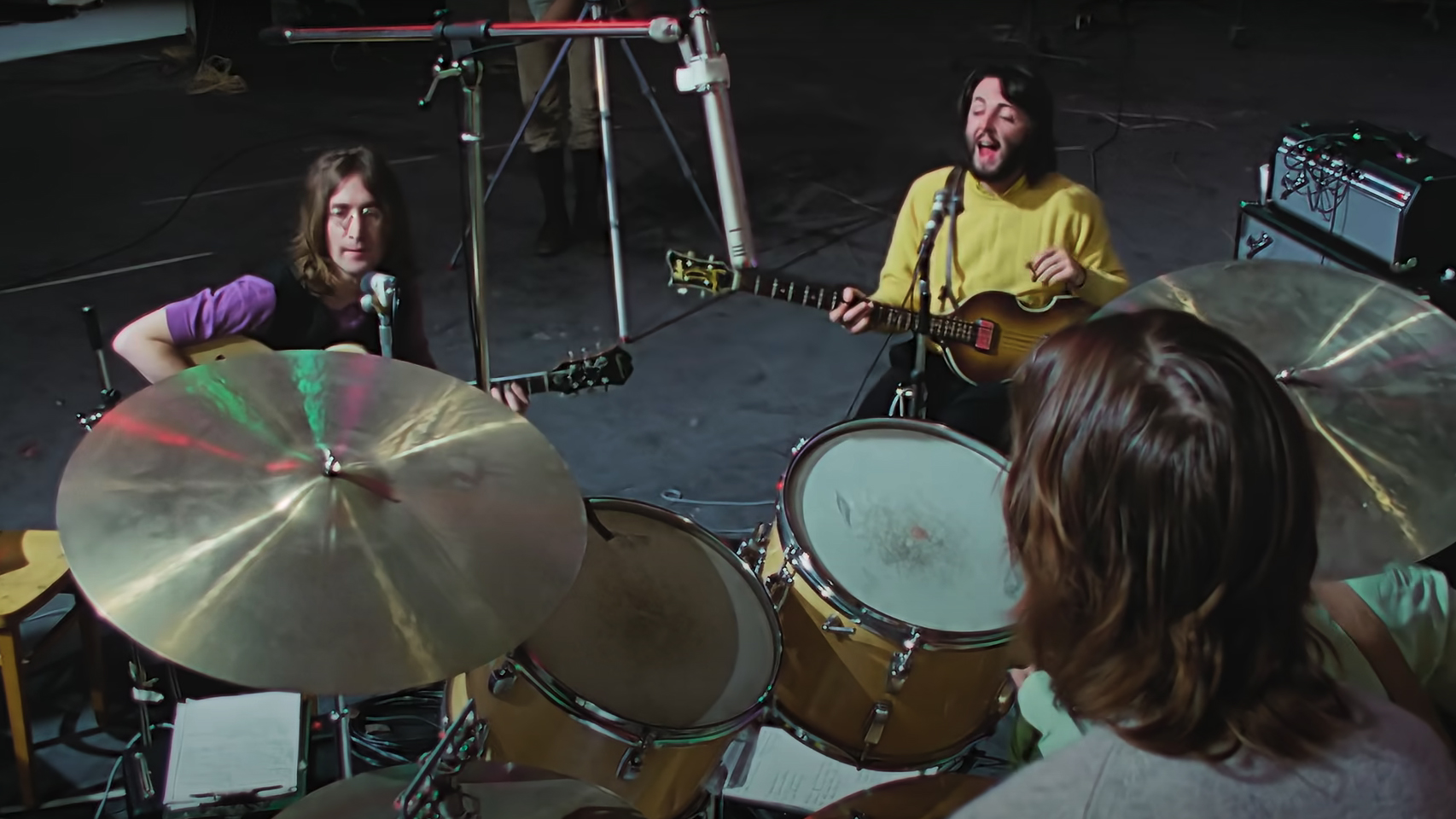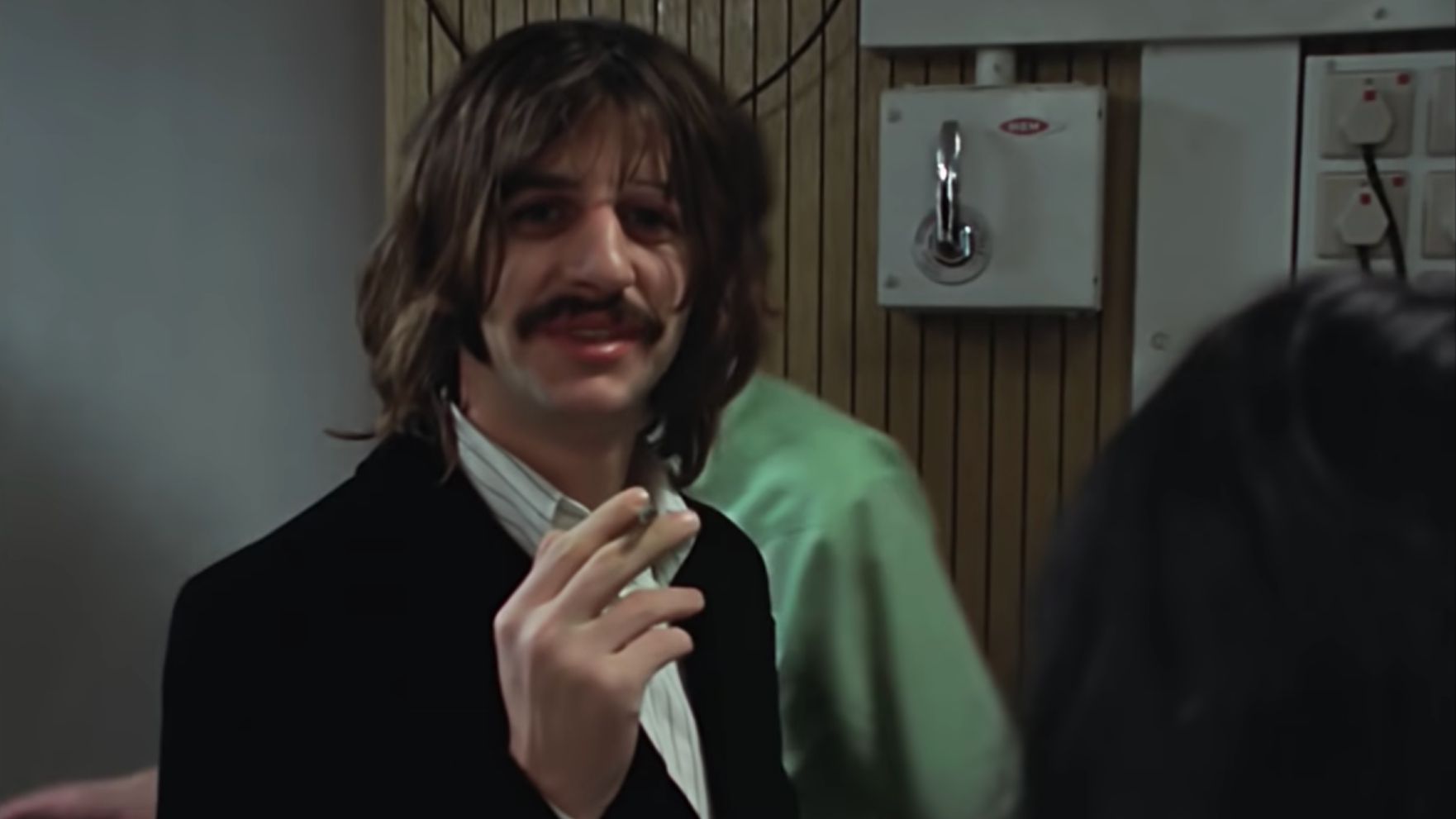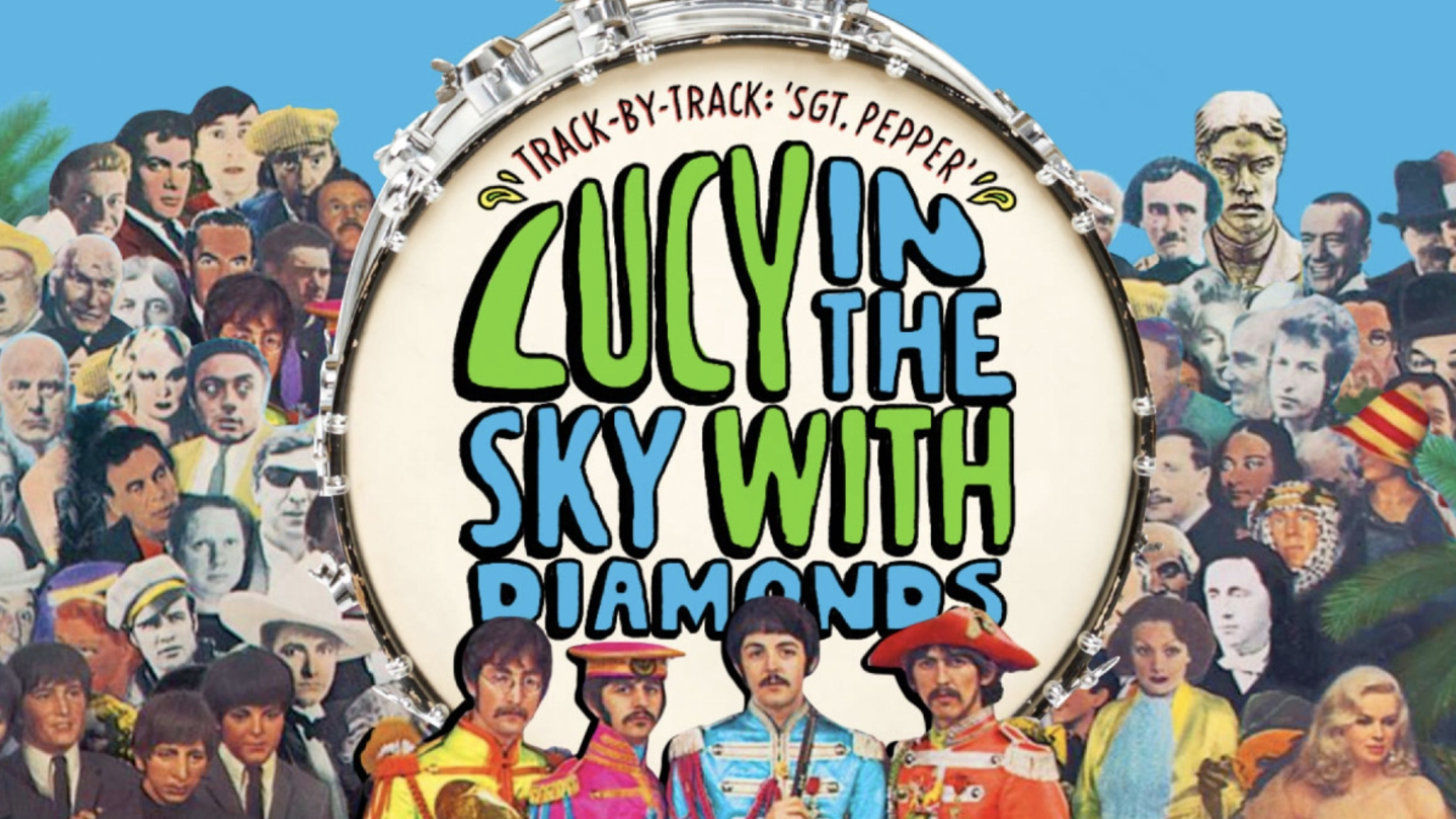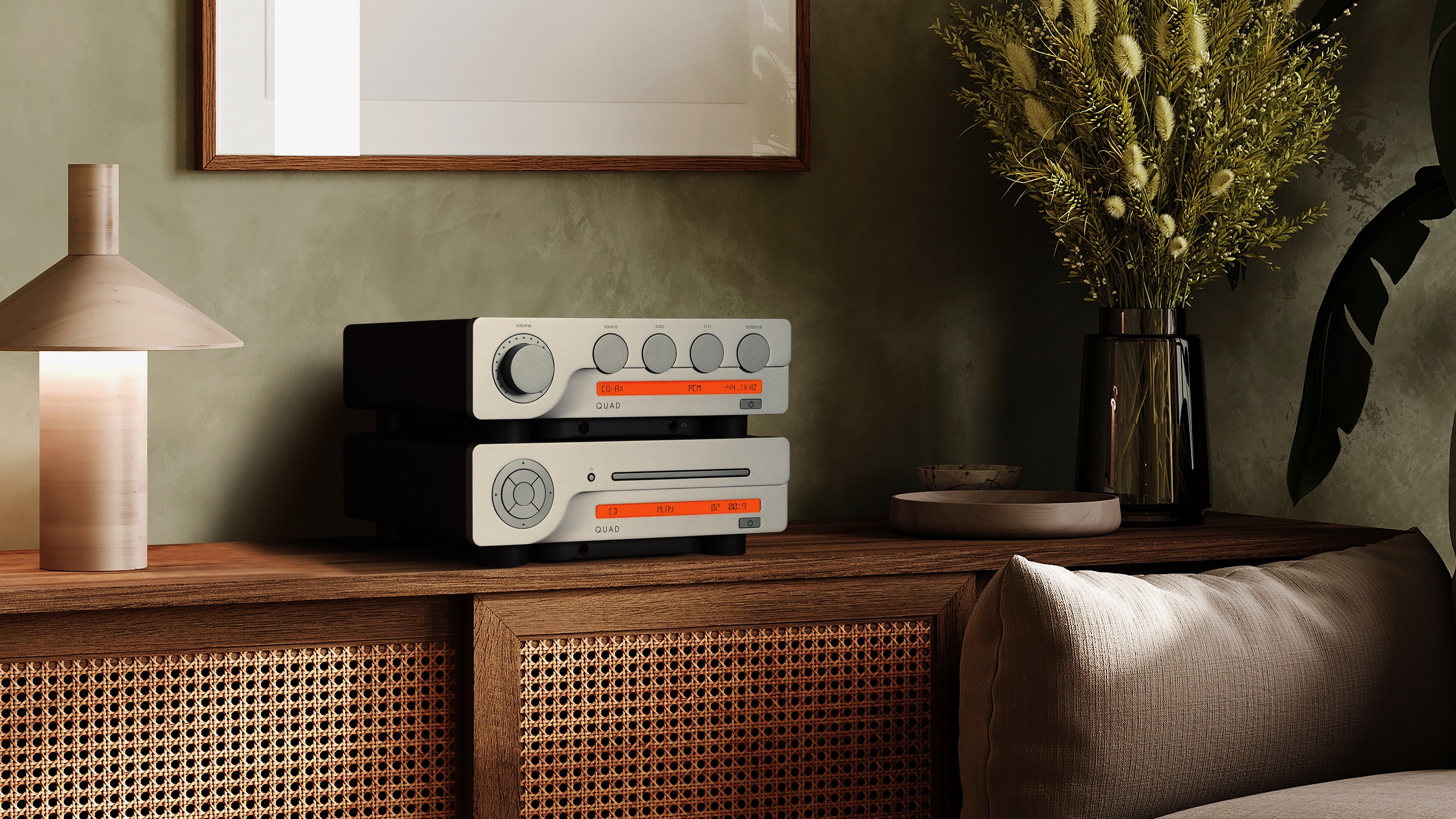Stereo? Who needs it: I think The Beatles sound better in mono
At least until around Sgt Pepper's, when the group's stereo mixes became definitive

For decades, we've all been swimming in the great stereo sea, enjoying almost all of our audio content in stereo. Surround sound is a real thing and so is spatial audio, that's true, but stereo is still the dominant format. Accordingly, you don't even really 'choose' to listen to music in stereo; often, it's the only option.
Sure, streaming services such as Tidal and Apple Music will let you listen to Dolby Atmos mixes of music, but generally when listening to music, stereo is what you're going to get. Unsurprisingly, this is because stereo is a really good audio format, and we know how to engineer in stereo really well by now. But that doesn't mean stereo always sounds the best.
For a lot of music, especially older music originally engineered to be in mono, a stereo mix can sound strange and off-putting while the mono mix sounds delightfully musical. When it comes to the music of the Fab Four, particularly for the group's earlier records, I think the mono mixes sound great while stereo, unfortunately, sounds comparatively disappointing.
Forward this page to your favourite boomer uncle and sit back, strap in, and let me tell you why you'll never want to make a habit of listening to Please Please Me in stereo...
Why early Beatles records in stereo don't work for me...

If you don't mind me assuming, you've got two ears jutting out of either side of your head, right? So, you can understand why you might want to listen to something in stereo, especially if you're listening on a pair of earbuds, for example. It's nice when you play a track, the music envelops you, and you can place the elements of the track on a virtual stage all by ear.
Naturally, this kind of added complexity to music wasn't really possible to the same extent with mono, which just has a single channel, so whatever sound you're hearing come out of your left earbud/speaker will be identical to the sound coming out of your right earbud/speaker, meaning you're taking less advantage of humans having two ears.
Right, so stereo's the best pick, then? Well, not exactly. As our test case, look up something off the first couple of Beatles records, like A Taste Of Honey off Please Please Me. Make sure you've got the stereo version, and have a listen. It doesn't matter if you're listening on speakers or earbuds, if you're in a car or the shower. You'll hear the problem instantly.
The latest hi-fi, home cinema and tech news, reviews, buying advice and deals, direct to your inbox.
It's split. Vocals are locked to your right, while the beat and the guitar are chained to the left. If you've heard music before, you know it's not really meant to be divided up like that. It sounds unnatural because it is unnatural. When you're listening to music being played, live, in front of you, the singer's voice isn't only coming out of the right speaker.
A significant amount of musicality just evaporates instantly when you load up a stereo version of an early Beatles track. Your ears are getting more auditory information than you get with mono, but more information does not as a rule make for a better listening experience or even better audio quality.
Why, exactly, do the stereo mixes of early Beatles music sound so bad? There's a complicated answer there, but you can hear for yourself what a good stereo Beatles mix sounds like if you decide to listen to a later record, like Abbey Road...
...and why later Beatles records in stereo definitely do

They don't call them the Fab Four for nothing: McCartney and crew did eventually manage to release fantastic stereo mixes of their music. When you listen to stereo music today, and lots of older stereo music too, you don't normally feel like half the elements of the track are on one side and the other on another.
This is the case for later Beatles records. Load up Come Together off Abbey Road, and this time, don't be afraid to pick the stereo mix. Have yourself a listen, and once again, the difference will be easy to spot after a few seconds: there's no strange, unnatural division to the music, no unholy separation of the elements.
However, it's definitely not like the group's mono mixes, either, as you'll be able to clearly notice that both your ears are hearing slightly different things at different moments throughout the track. Here, the added auditory information of stereo actually does make for a richer, more detailed listen.
Where exactly the stereo mixes of The Beatles become 'good' is argued by some (OK, many), but by the time of Sgt. Pepper's, this and later records clearly make better use of stereo than the group's early records. Though, of course, taste is a matter of subjective preference, so there's no shame in enjoying the stereo mixes of earlier Beatles records.
As an adolescent in the 2000s, I grew up hearing the stereo mixes of The Beatles. When I bought my first box set of the collected works of The Beatles, I got it in stereo, because why wouldn't I? At 14, all I knew was that stereo had 'two channels' of audio – and two was better than one, right? The folks at the retirement home can spin their single-channel vinyl all they like, but I was onto bigger and better things.
Of course, this was a huge oversimplification and I was wrong to think that the choice was so obvious, but it's an easy oversimplification to make in the modern day, especially if you're on the younger side of the spectrum. You may not always even think to listen to music in anything but stereo, even if you know better.
It's a lesson I'm thankful I learned, and hopefully, this article can serve as a reminder to young and old folks alike that, even today, sometimes you're better off listening in mono over the traditional stereo mix.
MORE:
5 music movies to watch now that you've seen Elvis
Ruben is a long-time freelance consumer technology and gaming journalist, and was previously a Staff Writer at What Hi-Fi?. Since 2014, Ruben has written news, reviews, features, guides, and everything in-between at a huge variety of outlets that include Lifewire, PCGamesN, GamesRadar+, TheGamer, Twinfinite, and many more. Ruben's a dedicated gamer, tech nerd, and the kind of person who misses physical media. In his spare time, you can find Ruben cooking something delicious or, more likely, lying in bed consuming content.

